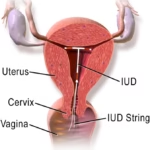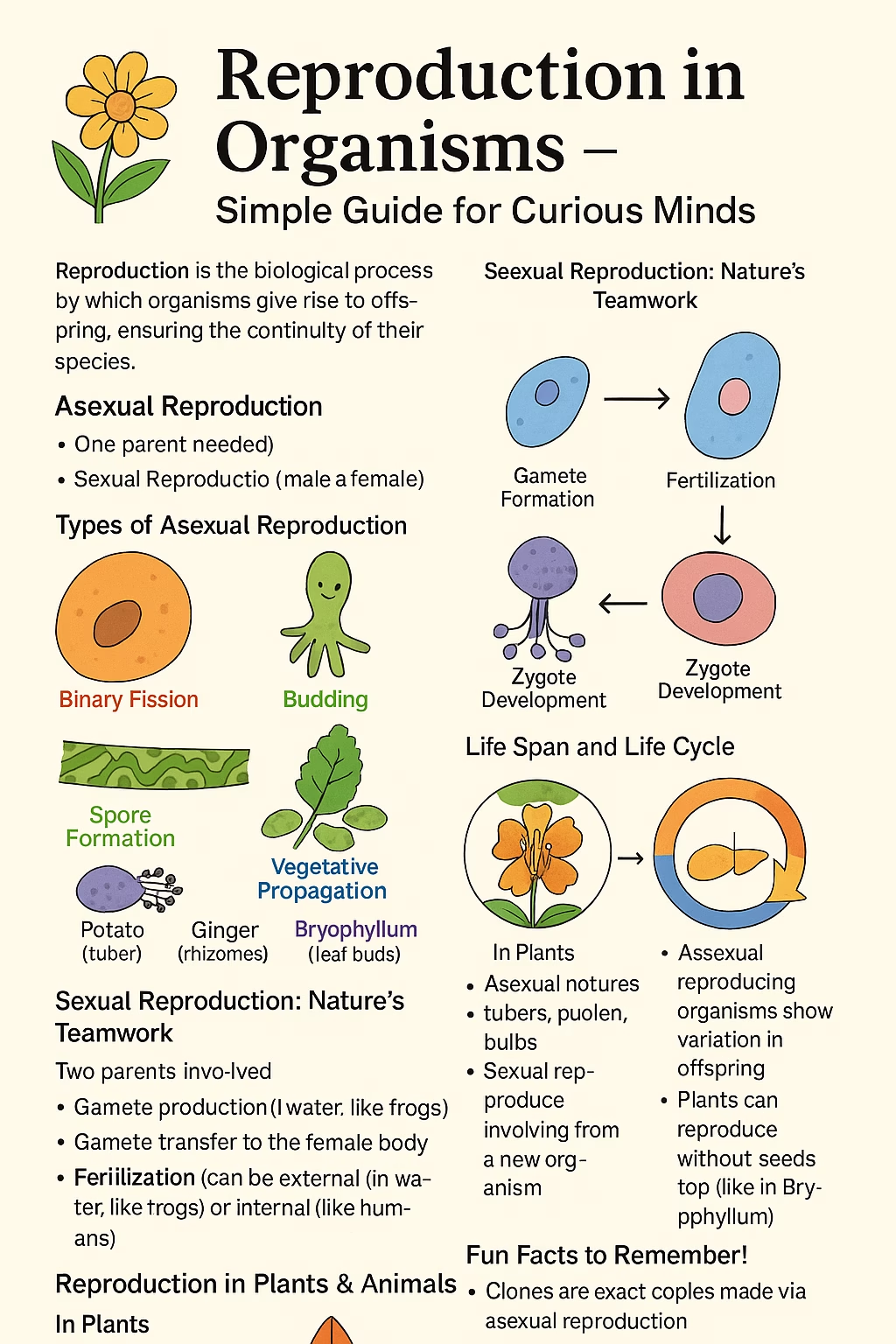Locomotion and Movement | Human Muscular System🏃♂️ Locomotion & Movement in Humans – A Complete Guide
📌 What is Movement and Locomotion?
- All living beings show movement.
- Locomotion is movement that changes location – like walking, running, swimming.
- All locomotion is movement, but not all movement is locomotion!
🌍 Why Do We Move?
Animals move to find food, shelter, mates, better climate, or escape predators.
🧬 Types of Movement in Our Body
| Type | Example | System Used |
|---|
| Amoeboid | WBCs, Macrophages | Pseudopodia, Microfilaments |
| Ciliary | Trachea, Fallopian Tubes | Coordinated Cilia |
| Muscular | Limbs, Jaws | Muscles + Skeleton + Neurons |
💪 Muscle Types in the Human Body
| Type | Features | Control |
|---|
| Skeletal | Striated, Attached to skeleton | Voluntary |
| Visceral | Non-striated, in organs | Involuntary |
| Cardiac | Striated, only in heart | Involuntary |
⚙️ Muscle Contraction (Sliding Filament Theory)
- Signal from brain → motor neuron → muscle.
- Neurotransmitter (ACh) releases calcium ions.
- Ca²⁺ exposes actin binding sites.
- Myosin head binds to actin → pulls → shortens muscle (contracts).
- ATP helps detach and reset myosin head.
During contraction: I band shortens, A band stays same, H zone reduces.
🟥 Red vs. White Muscle Fibers
| Feature | Red Muscle | White Muscle |
|---|
| Myoglobin | High | Low |
| Respiration | Aerobic | Anaerobic |
| Fatigue | Slow | Fast |
| Examples | Back muscles, bird flight | Eye muscles |
📝 Practice Quiz
- Q1: Which bone is a sesamoid bone?
👉 Answer: Patella - Q2: What causes muscle fatigue?
👉 Answer: Lactic acid buildup - Q3: What type of movement do WBCs show?
👉 Answer: Amoeboid - Q4: What type of joint is between atlas and axis?
👉 Answer: Pivot joint
Like this:
Like Loading...
Related


